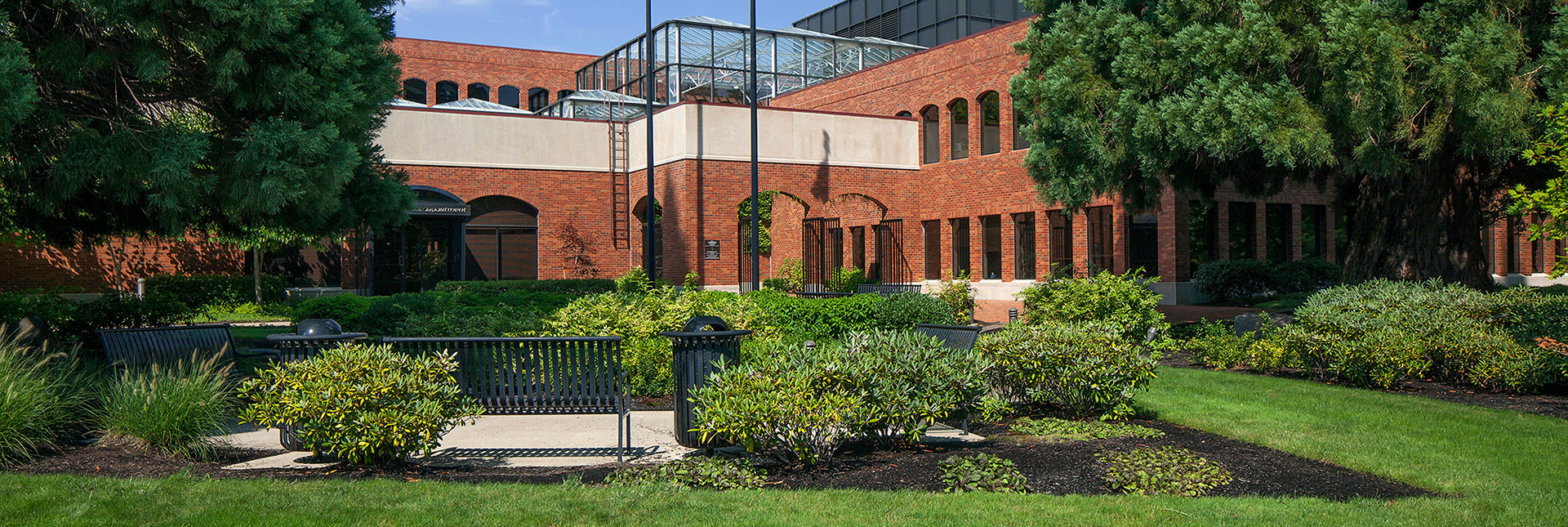Fire and Life Safety System
Inspection Suggestions
While everyone needs to know how to respond in an emergency, it is also important to take steps to prevent emergencies from occurring. We recommend a monthly Fire Safety Inspection including, but not limited to, the following items:
Move flammable or combustible supplies off-site. If your Lease provides that chemicals or materials be stored on-site in quantities requiring MSDS sheets to be posted, they must be posted in central locations where they are visible to all. Flammable liquids should be kept in a flammable cabinet. Avoid using extension cords instead of permanent wiring. If used, extension cords need the three prong connections and no multiple outlets. Use breaker strips. All UL Listed authorized appliances and electrical cords should be in good repair. All electrical appliances for coffee, cooking or heating should be turned off every day before leaving the office. No smoking.
Candles or open flames are not allowed in the building at any time. Potential fire hazards including, but not limited to, blocked stairwells, faulty fire protection equipment, leaks, or damaged wiring should be reported to the Property Management Office 503 619 3100 immediately. Property Management does not allow space heaters, as they are a fire hazard. Please contact the management office if you are cold in your office. All emergency contact lists, physically impaired employee lists and other critical information lists should be kept current. Evacuation procedures should be reviewed among Suite Monitors for appropriateness, on a regular basis. Procedures should be communicated to occupants in your assigned area at least quarterly.
Fire Safety with Christmas Trees
Christmas trees pose a major fire hazard if the proper precautions are not taken. Below are guidelines provided by the Fire Department. This list does not represent all the precautions and requirements, so before displaying any Christmas tree or ornament with lighting, please request the complete set of guidelines from the Fire Department. All artificial trees should be UL approved or labeled as flame-retardant/resistive by manufacturer. Decorations on trees must also be non-flammable.
Lights on Christmas trees must be UL listed. Small, low temperature bulbs are recommended. No candles or open flames are allowed on, or in the vicinity of, the tree, including portable heating devices. All tree lights should be turned off nightly. Live or cut trees must be watered and monitored. If a cut tree becomes too dry it must be removed promptly. Cut trees must also be disposed of properly via one of the numerous local organizations that offer services during the holidays. Do not dump cut trees in the trash enclosure.
Visitors
Please be aware that if visitors are present during an emergency, your Emergency Team needs to assist the visitor in evacuating the premises. If a visitor sign-in sheet is maintained at your front desk, we suggest someone be assigned to bring that information to the Suite Monitor after evacuating the building in order to help facilitate an accurate head-count.
Above all, everyone involved needs to keep their own safety in mind and allow the Fire Department to take control.
Emergency Procedures: Life Safety Systems
Smoke detectors, horns, and strobes are located throughout the building in accordance with current building codes. The central fire alarm system is activated whenever a fire alarm condition exists. The Engineering staff is trained on the system and will take the proper action for such emergencies. Lincoln Tower has a public address system. Manual fire alarm pull stations are located throughout the building, generally near exits from an area or floor. Fire extinguishers are located in cabinets next to the stairwell doors and strategically throughout tenant spaces. Please arrange for training of your staff on the proper use of fire extinguishers. Individuals who have not been trained how to use a fire extinguisher should not attempt to use one. The Fire Department and properly authorized fire extinguisher companies can assist you with training. Property Management can assist you in arranging for training. A telephone is present inside each elevator that rings to a monitoring system. Persons trapped in an elevator can get assistance through this means of communication. In addition, a trapped occupant during business hours can push a button labeled, “EMERGENCY ALARM”. An alarm bell can be heard to alert building occupants that someone is trapped inside. Stairwells are pressurized with outside air to prevent smoke from entering and allowing a safe, smoke free, exit from the building. Elevator shafts are also pressurized with outside air in case someone is unknowingly trapped in an elevator during a fire emergency.
Fire Alarm System
A fire alarm will be activated if a smoke detector, sprinkler head or pull station is activated. Upon the activation of a fire alarm, the following sequence of events will occur: Alarms will sound and strobes will flash on the “floor of incident.” At Lincoln Tower, the floor above and the floor below will announce via the public address system that, “A fire emergency has been reported in the building”. The fire alarm system will also advise the employees on those floors at Lincoln Tower to evacuate the building. Concurrently, a 24-hour monitoring center will automatically dispatch the Fire Department when the alarm is activated. Occupants will quickly and quietly exit the building, via the enclosed stairways located at opposite ends of each side of the building, and remain outside until Property Management, Security or the responding authorities announce the “all clear.” Building doors will automatically switch to an unlocked status if alarm occurs after normal building operating hours. Fire Department will respond and investigate the source of the alarm.
